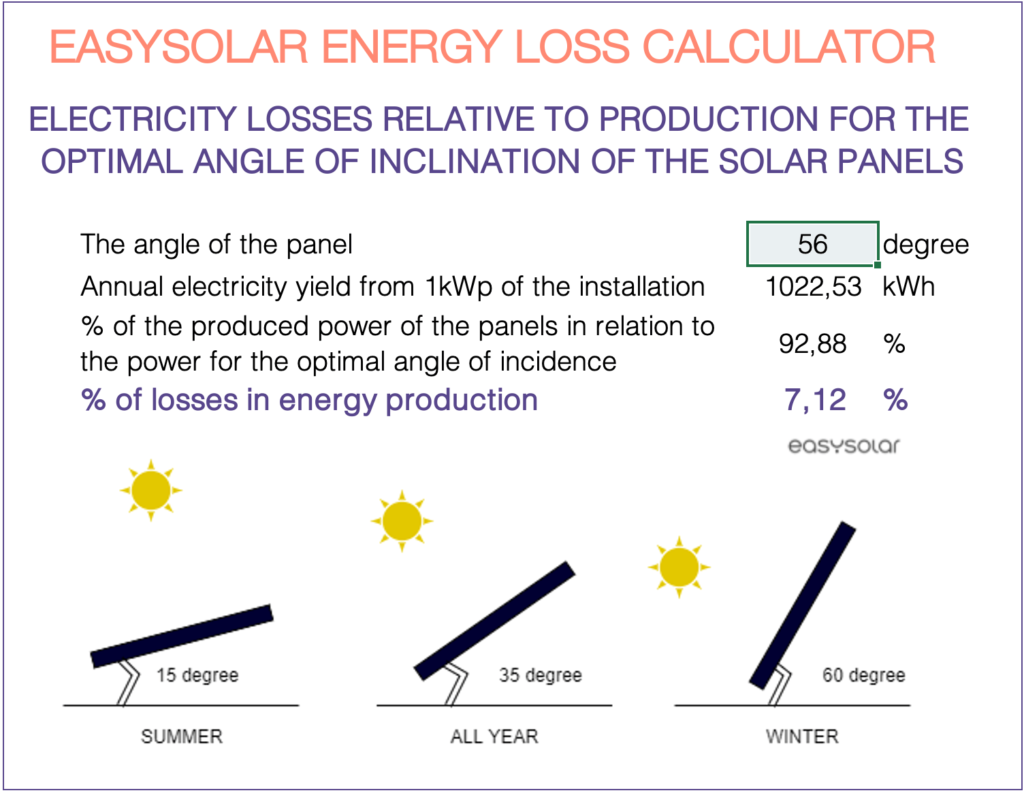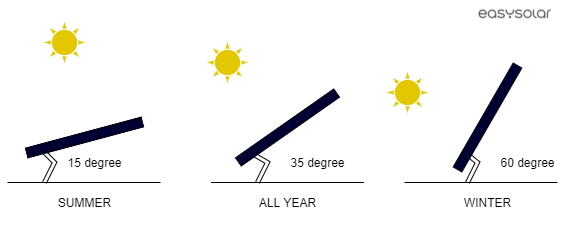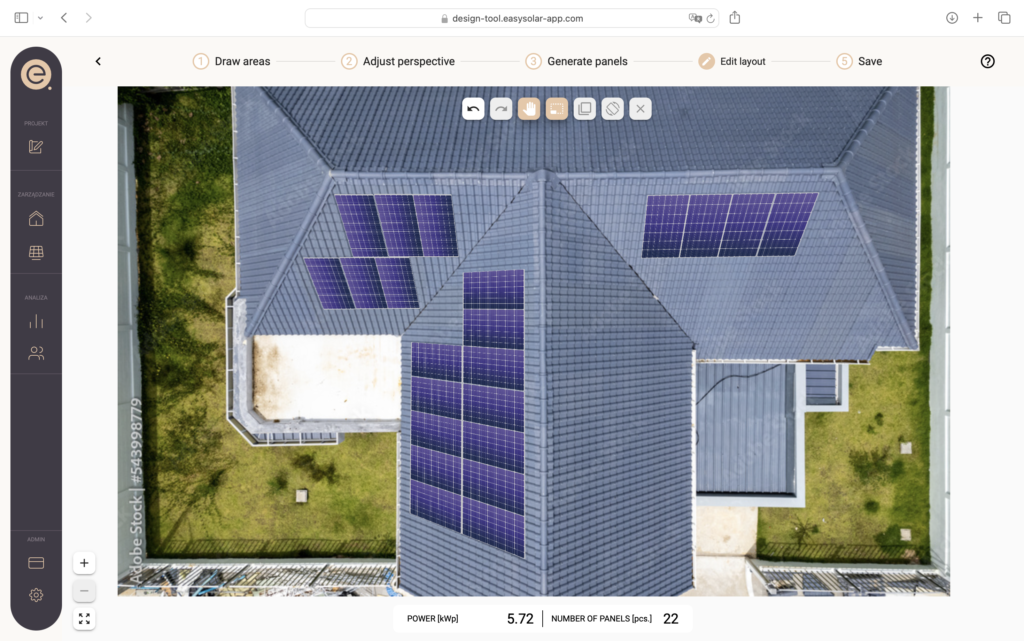To download
Solar panel energy loss calculator
Changes In Efficiency And Energy Yields Of PV Installations Depending On The Angle Of Inclination Of Photovoltaic Panels
- Home
- Energy Loss Calculator
Methodology
Methodology of Energy Loss Calculator
Determining the orientation of the panels relative to the sun is crucial when designing photovoltaic installations. The solar panel will produce the most energy when the sun's rays fall perpendicular to its surface. The better the location, orientation and angle of the solar panels, the greater their efficiency and energy yields. And hence, also greater savings for the customer.
In the latitudes of Poland, the most optimal positioning of solar panels is to point them south and have an inclination of about 35 degrees. In fact, it is not always possible to set the installation in this way. Please note that our customers do not always face south-facing roofs. Can the installation therefore be installed on a roof facing a different direction?
The table below shows the percentage of solar radiation reaching the surface depending on the angle of the panels (vertical axis) and azimuth (horizontal axis).


As you can see, photovoltaic installations directed to the south-east and south-west cause slight (1-2%) losses in electricity production.
Methodology
The better The Location, Orientation And Angle Of The Solar Panels, The Greater Their Efficiency And Energy Yields. And As A Reesult, Also Greater Savings For Customer.
When designing installations other than southern, the best solution is to evenly distribute the installation over two slopes and to slightly oversize the size of the installation so that the actual values of the energy produced by the photovoltaics match the real needs of the farm. With such a foundation of the installation, we can also choose an inverter with a lower power, which translates into significant savings.
Ground, flat or pitched roof solar modules in the northern hemisphere will always be tilted south to maximize the amount of radiation that reaches their surface during the day. The angle at which the PV modules will be deflected depends on several factors:
– Latitude
– Period of the year in which the PV installation is to operate
– Installation space available.
In the southern part of the country, the optimal slope of the panels is about 20-40 degrees, and in the north – 30-45 degrees. However, it is worth remembering that there is no one optimal angle of inclination – it varies depending on the season. In summer, the amount of solar radiation is much greater than in winter. When we want to use electricity only in summer (e.g. in a summer house by a lake), the installation should be inclined at an angle of 10-15 degrees. To supply buildings only in winter, the angle of inclination should be 60 degrees, as shown in the figure.

Example
Example
In order to analyze the problem, in the EasySolar app, we simulated the yields from the 15.8 kWp photovoltaic installation, facing south, for different angles of the panels. The results are presented in the chart below.
Based on the above simulation, we have created a calculator of electricity losses relative to production for the optimal panel inclination account.

As we can see, the values of the total annual production reach their greatest value at the angle of inclination equal to 35 degrees. However, a 30-40 degree slope does not translate into high losses in total annual production. The chart shows, however, a clear, unfavorable effect of an angle of less than 20 degrees and greater than 60, where losses in energy yields already exceed 1 MWh per year.
Get Started
Download the calculator + full design software
We bring together everything that’s required to design and sell solar systems. Reach more customers, save time and money, and boost sales.


